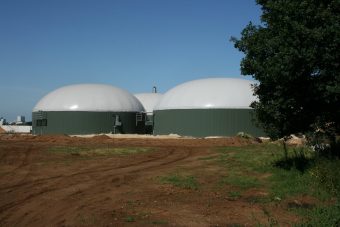
The first organic waste to biogas anaerobic digestion facility in Macedonia has been officially opened by the country’s Minister of Agriculture, Forestry and Water Economy, Mihail Cvetkov last Friday. Located on a cattle farm in Bitola, the 3 MW biogas plant represents a EUR 20 million investment by the Pelagonija agricultural company. “I hope there will be similar investments in agriculture in the future with funds provided by the budget,” said Minister Cvetkov.
“I.E. direct investments projected at over EUR 100 million and the rural development program from which EUR 50 million are singled aside every year. The third financial source is the IPARD 2 program estimated at EUR 106 million,” he added.
The biogas plant offers state-of-the-art environmental-friendly solution by processing manure with which 3-megawatt power will be produced. “Renewable energy is generated with this system. This domestic investment takes care of the environment, the production process and quality products,” said Bitola mayor Vladimir Taleski. He added that the investment was a confirmation of the cooperation established between the local self-government, the government and investors.
http://waste-management-world.com


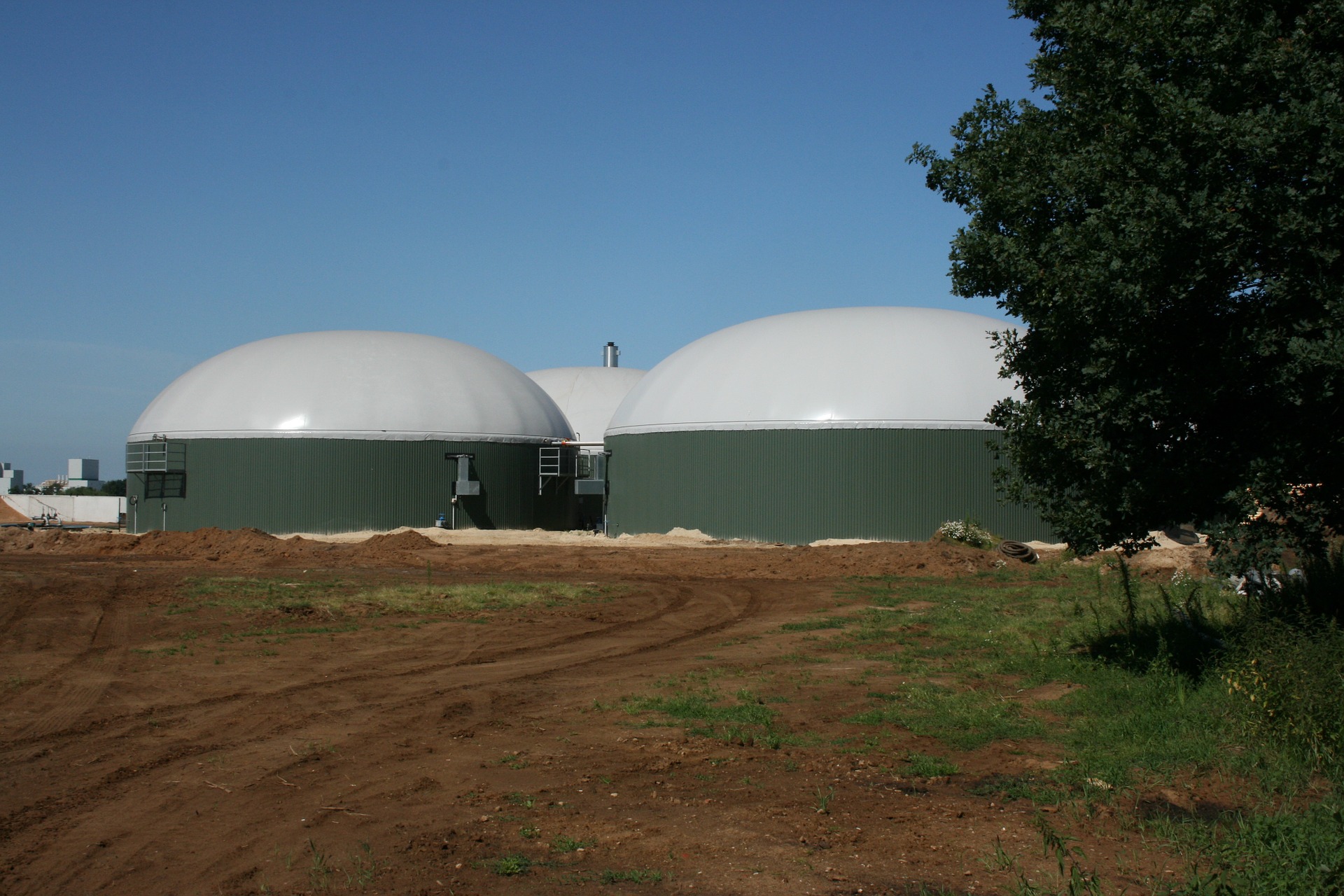


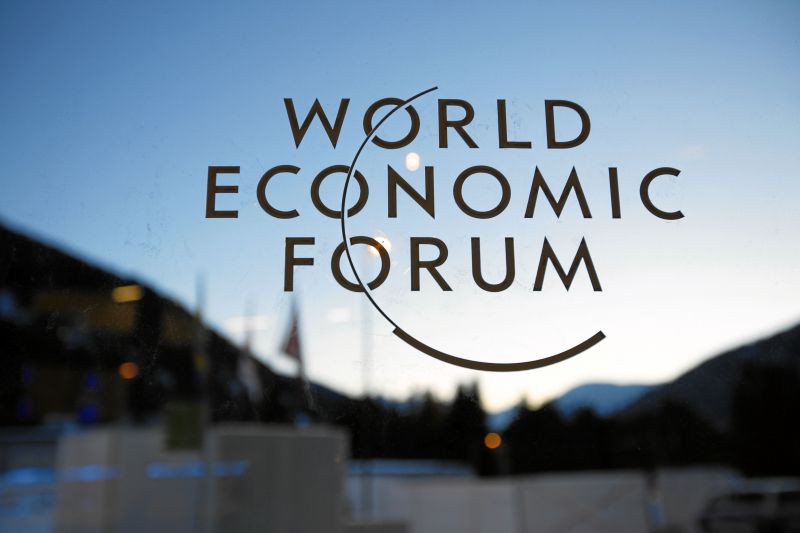
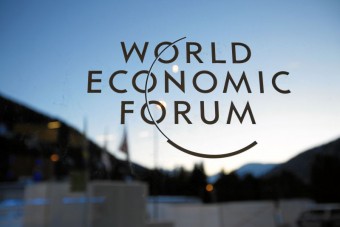 Every year, the World Economic Forum (WEF) brings together the world’s business, economic and political leaders in Davos to discuss the challenges and future of the world economy. The theme for this year is Mastering the Fourth Industrial Revolution.
Every year, the World Economic Forum (WEF) brings together the world’s business, economic and political leaders in Davos to discuss the challenges and future of the world economy. The theme for this year is Mastering the Fourth Industrial Revolution.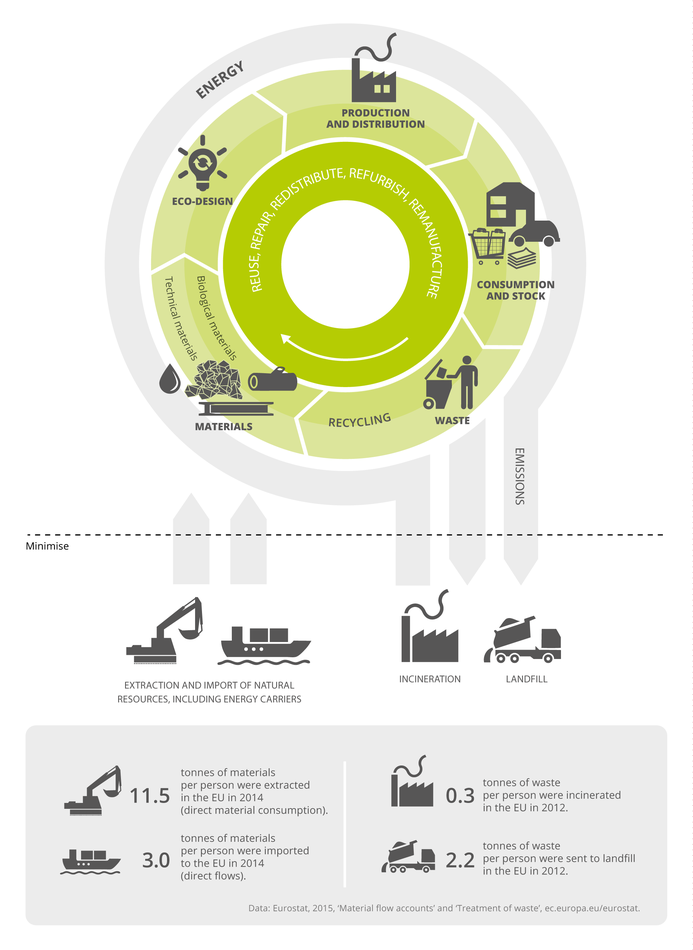
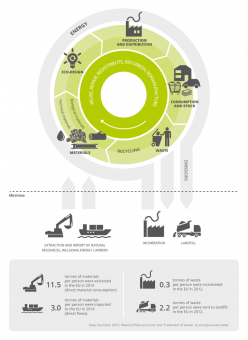 The EEA report Circular economy in Europe – Developing the knowledge base describes the concept of the circular economy and outlines its key characteristics. Creating a circular economy requires fundamental changes throughout the value chain, from product design and production processes to new business models and consumption patterns. Recycling will turn waste into a resource and extending product lifetimes will help preserve natural resources. The European Commission’s 2015 circular economy package plays an important role in bringing this about.
The EEA report Circular economy in Europe – Developing the knowledge base describes the concept of the circular economy and outlines its key characteristics. Creating a circular economy requires fundamental changes throughout the value chain, from product design and production processes to new business models and consumption patterns. Recycling will turn waste into a resource and extending product lifetimes will help preserve natural resources. The European Commission’s 2015 circular economy package plays an important role in bringing this about.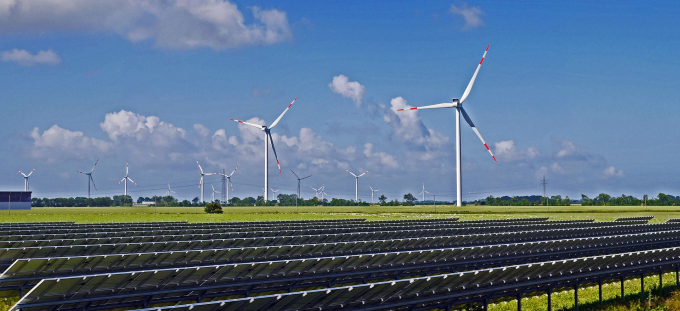
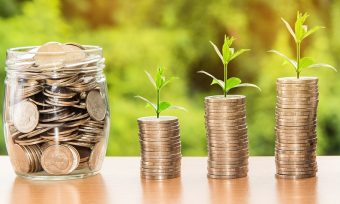
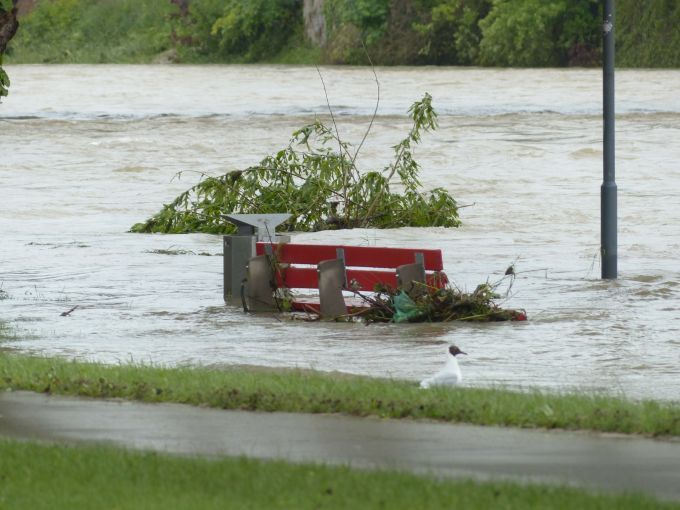
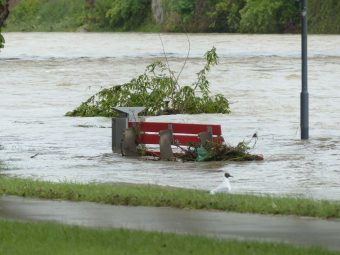


 Alstom is partner of HackToscana, a hackathon organized by the Tuscany region to promote sustainable mobility in Italy. For the first time, a hackathon will be partly held on a train. More than 200 developers will embark in Florence on the Coradia Meridian regional train Jazz to reach Arezzo where they will continue to work, without interruption, until Sunday morning, 31 January. The format remains faithful to the traditional model of a hackathon, a 24-hour marathon in which participants from all over Italy will work to develop innovative business ideas in the field of sustainable mobility.
Alstom is partner of HackToscana, a hackathon organized by the Tuscany region to promote sustainable mobility in Italy. For the first time, a hackathon will be partly held on a train. More than 200 developers will embark in Florence on the Coradia Meridian regional train Jazz to reach Arezzo where they will continue to work, without interruption, until Sunday morning, 31 January. The format remains faithful to the traditional model of a hackathon, a 24-hour marathon in which participants from all over Italy will work to develop innovative business ideas in the field of sustainable mobility.



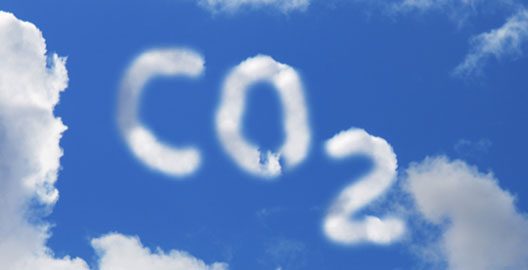

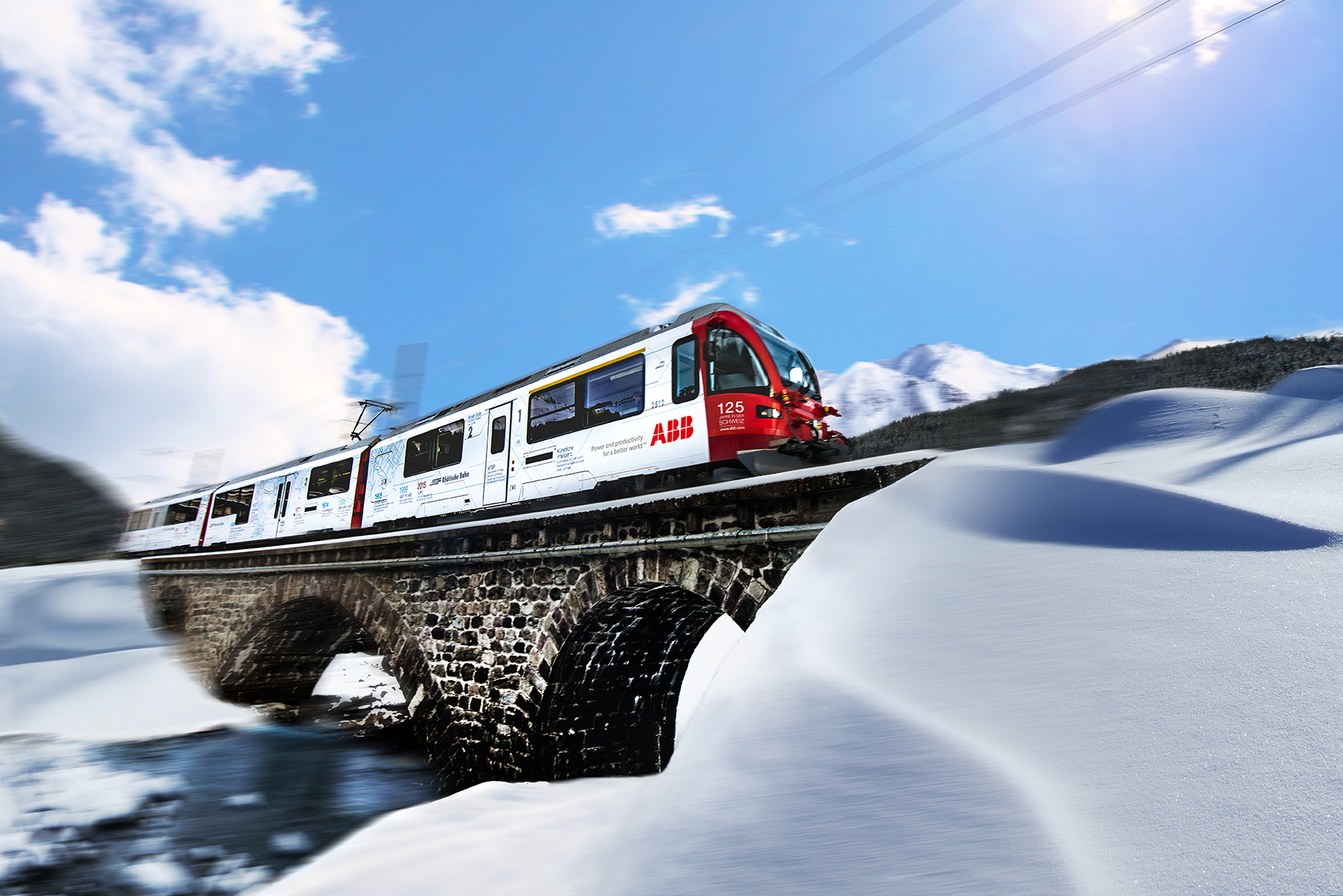
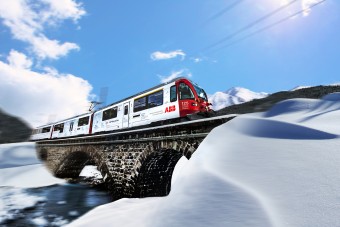

 Good environmental governance and sustainable development – central elements of the economic and environmental dimension of the OSCE’s comprehensive approach to security – are the focus of the two-day 1st Preparatory Meeting of the 24th OSCE Economic and Environmental Forum, which opened yesterday in Vienna. High-level officials, experts and key stakeholders from the OSCE’s 57 participating States and 11 Partners for Co-operation, and representatives of the business community, international organizations, civil society and academia are discussing how good environmental governance in the OSCE area helps to reinforce security and stability. In his opening remarks, the Chairperson of the Permanent Council, Ambassador Eberhard Pohl, representing Germany’s 2016 OSCE Chairmanship, stated that “the prerequisite to preserve and share natural resources in a globalized world is co-operation. The OSCE, with its broad approach to security, and its second dimension in particular, can contribute substantially to understanding and tackling this task.”
Good environmental governance and sustainable development – central elements of the economic and environmental dimension of the OSCE’s comprehensive approach to security – are the focus of the two-day 1st Preparatory Meeting of the 24th OSCE Economic and Environmental Forum, which opened yesterday in Vienna. High-level officials, experts and key stakeholders from the OSCE’s 57 participating States and 11 Partners for Co-operation, and representatives of the business community, international organizations, civil society and academia are discussing how good environmental governance in the OSCE area helps to reinforce security and stability. In his opening remarks, the Chairperson of the Permanent Council, Ambassador Eberhard Pohl, representing Germany’s 2016 OSCE Chairmanship, stated that “the prerequisite to preserve and share natural resources in a globalized world is co-operation. The OSCE, with its broad approach to security, and its second dimension in particular, can contribute substantially to understanding and tackling this task.”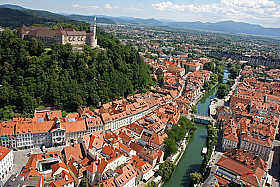
 One of the few European capitals which can boast of having tap water which is perfectly drinkable without per-treatment. And Urbanscape Green Solutions are taking part in it. Through various projects, realized in the last few years and by greening the city roofs we added our piece to the decision of European Commission. With our Green Roof system on top of two main Info Points, where visitors get info about programme, events and activities taking place in Ljubljana and connected with European Green Capital 2016, we are proving our system (due to light-weight, efficiency of installation, high water absorption and much more) can be used practically everywhere.
One of the few European capitals which can boast of having tap water which is perfectly drinkable without per-treatment. And Urbanscape Green Solutions are taking part in it. Through various projects, realized in the last few years and by greening the city roofs we added our piece to the decision of European Commission. With our Green Roof system on top of two main Info Points, where visitors get info about programme, events and activities taking place in Ljubljana and connected with European Green Capital 2016, we are proving our system (due to light-weight, efficiency of installation, high water absorption and much more) can be used practically everywhere.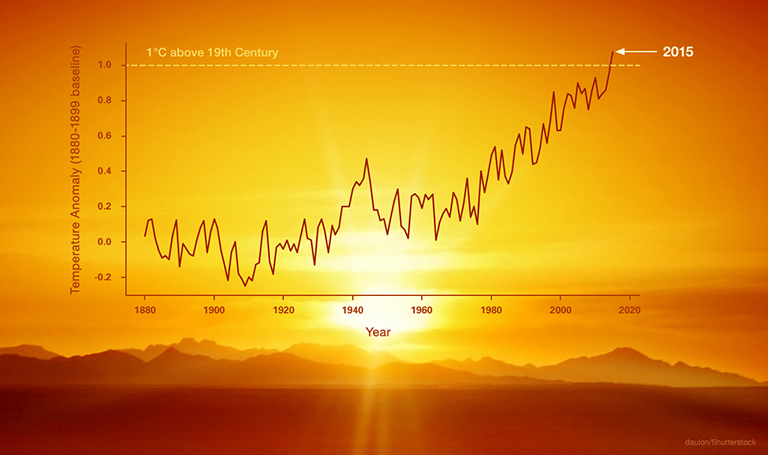
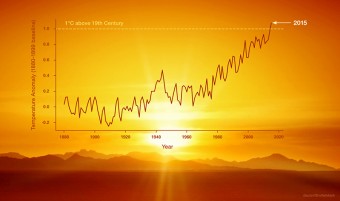 2015 was Planet Earth’s warmest year since modern record-keeping began in 1880, according to a new analysis by NASA’s Goddard Institute for Space Studies.
2015 was Planet Earth’s warmest year since modern record-keeping began in 1880, according to a new analysis by NASA’s Goddard Institute for Space Studies.
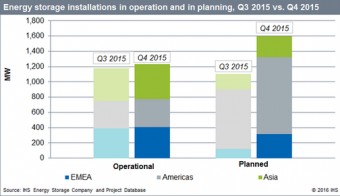 The energy storage market is shifting from R&D demonstration projects to a commercially viable market, states IHS, Inc. Q4 2015 saw a 45% increase in the global project pipeline, while 900 MW of projects are expected to be installed this year. The final quarter of 2015 saw a significant increase in planned global energy storage projects, up 45% on the previous quarter, to reach nearly 400 MW. The overall pipeline of planned battery and flywheel projects now stands at 1.6 GW.
The energy storage market is shifting from R&D demonstration projects to a commercially viable market, states IHS, Inc. Q4 2015 saw a 45% increase in the global project pipeline, while 900 MW of projects are expected to be installed this year. The final quarter of 2015 saw a significant increase in planned global energy storage projects, up 45% on the previous quarter, to reach nearly 400 MW. The overall pipeline of planned battery and flywheel projects now stands at 1.6 GW.
